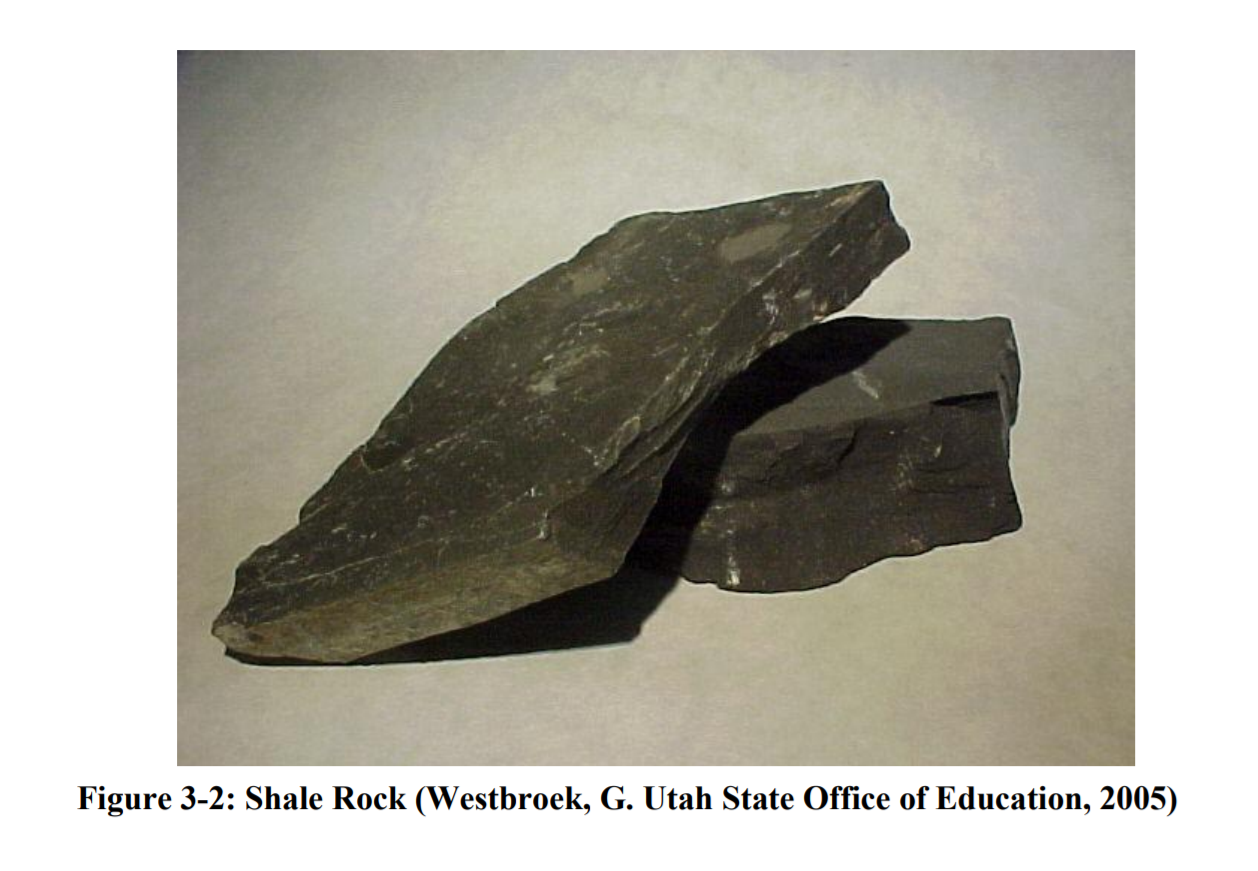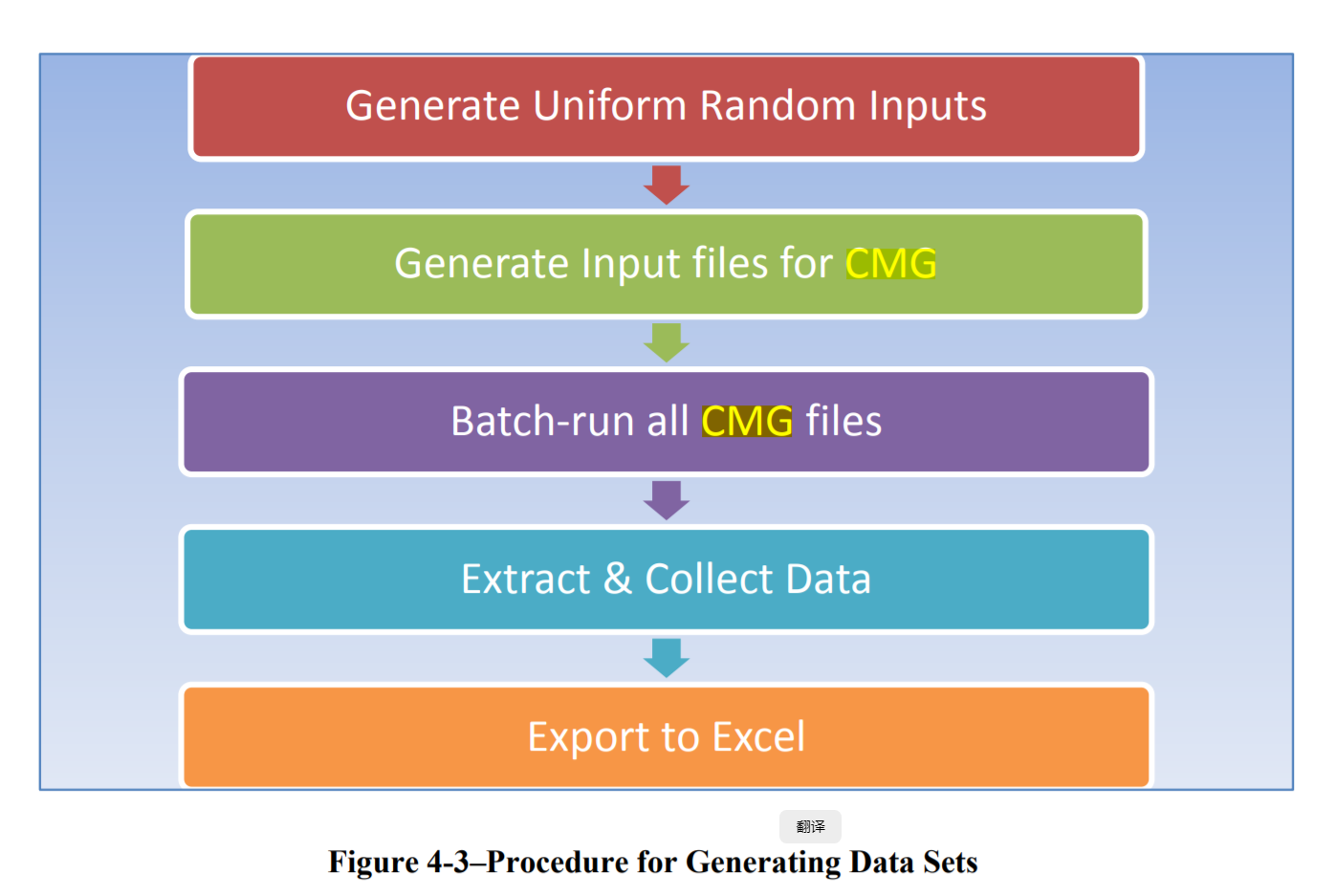NUMERICAL MODEL REPRESENTATION OF MULTI-STAGE HYDRAULICALLYFRACTURED HORIZONTAL WELLS LOCATED IN SHALE GAS RESERVOIRSUSING NEURAL NETWORKS
由于最近非常规油气资源需求激增,油气藏数值模拟技术已得到越来越多的使用和完善。与大多数石油公司熟悉的传统油田不同;这些非常规油田通常需要特殊的开采技术,从而显著提高项目规模和所需资金。
已证明非常成功的常用开采方法之一是水力压裂与水平井相结合,被称为“压裂作业”,这一技术在过去被视为不可开采资源的美国页岩气储层中得到了广泛应用。
由于页岩压裂与水平井筒有效性相结合,本文提出了几种储层模型来表示这些技术将如何影响储层特征。本论文中使用的特殊模型是“Crushed zone破碎带”模型,该模型将多段水力压裂的效果表示为水平井周围的椭圆形,裂缝渗透率增加,裂缝间距减小。
为了研究这种特定油藏表征的有效性,使用商业模拟器生产的生产数据创建了人工神经网络(ANN)。使用第一个网络预测50年内的生产效果。需要第二个网络来建立破碎带模型和另一个水力压裂模型(称为“横向断裂”模型)之间的定量关系。此外,还创建了一个误差滤波器神经网络,以改进第二个网络的预测。
ABSTRACT
Numerical representation of hydrocarbon reservoirs has seen increase usage and sophistication due to recent surge in demands for unconventional hydrocarbon resources. Unlike the conventional fields most oil companies are familiar with; these unconventional fields often require special recovery techniques that significantly elevate the project size and funds required.
One of the popular recovery methods used that has proven highly successful is hydraulic fracturing combined with horizontal wells. Sometimes referred to as “frac job”, this process has seen extensive use in US shale gas reservoirs that were in the past regarded as non-recoverable sources.
Due to the effectiveness of fracturing shale combined with horizontal wellbore, several reservoir models have been proposed to represent how these techniques would affect the characteristics of the reservoir. The particular model used in this thesis is the “crushed zone” model that represents the effect of multiple stages of hydraulic fracturing as an elliptical shape around the horizontal well that sees an increased in fracture permeability and smaller fracture spacing.
To study the validity of this particular reservoir representation an artificial neural network (ANN) is created using production data generated from a commercial simulator. This first network is then used to predict production performances over a period of 50 years. A second network is then required to establish a quantitative relationship between the crushed zone model and another hydraulic fracturing model called the “transverse fracture” model. In addition, an error filter neural network has been created to improve upon the predictions of the second network.
The results of the network were all within the expected ranges and the ANN can then be used to predict new gas rates and equivalent transverse fracture representations for any reservoir that has its characteristics within the range of the training data.




